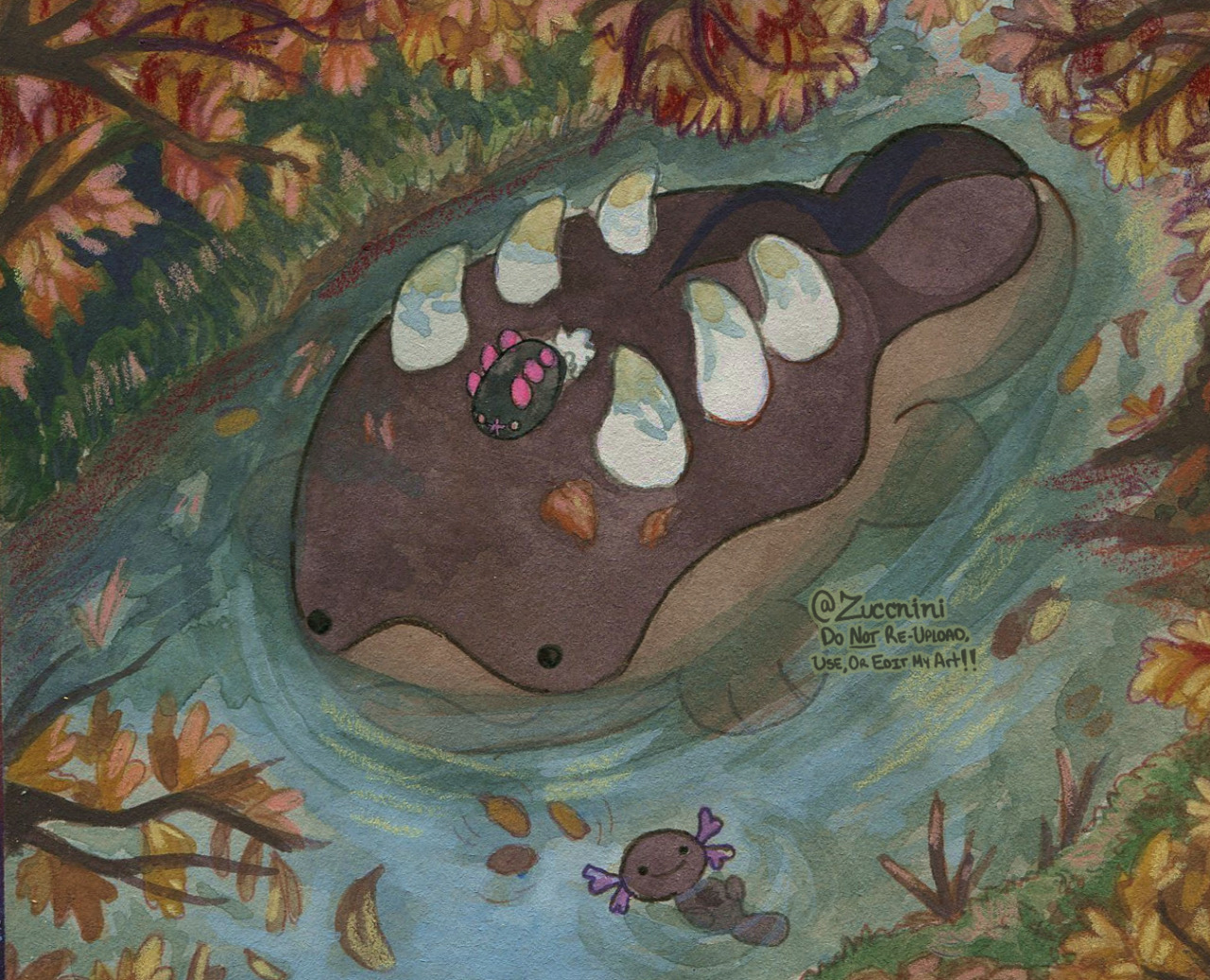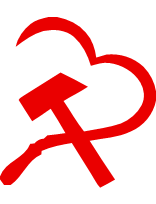The Battle of Poitiers on 19 September 1356 CE was the second great battle of the Hundred Years’ War (1337-1453 CE) after Crécy (1346 CE) and, once again, it was the English who won. Edward the Black Prince (1330-1376 CE), son of Edward III of England (r. 1327-1377 CE), masterminded victory largely thanks to the continued domination of the powerful longbow weapon, Edward’s excellent defensive positioning, and the outdated reliance of heavy cavalry by the French leadership. A major consequence of the battle was that it allowed Edward III to keep 25% of France under the 1360 CE Treaty of Brétigny.
The Hundred Years’ War
In 1337 CE Edward III of England was intent on expanding his lands in France, and he had the perfect excuse as via his mother Isabella of France (b. c. 1289 CE and the daughter of Philip IV of France, r. 1285-1314 CE), he could claim a right to the French throne as nephew of Charles IV of France (r. 1322-1328 CE). Naturally, the current king, Philip VI of France (r. 1328-1350 CE) was unwilling to step down and so the Hundred Years’ War between France and England began. The name of the conflict, derived from its great length, is actually a 19th-century CE label for a war which proceeded intermittently for well over a century, in fact, not finally ending until 1453 CE.
The English had won the first major battle of the wars at Crécy in August 1346 CE and then captured Calais in July 1347 CE. The Black Death plague pandemic arrived in Europe from 1347 CE and England the following year but the Hundred Years’ War would resume in the middle of the next decade. As preparation for another major confrontation, Edward III’s eldest son, Edward of Woodstock, aka Edward the Black Prince, was charged with torching as many southwestern French towns, villages and crops as possible in 1355-6 CE, just as he had done before the Battle of Crécy ten years before. Gascony was raided and Bordeaux captured which the Black Prince thereafter used as his base for further destructive sorties. This strategy, known as chevauchée, had multiple aims: to strike terror into the locals, provide free food for an invading army, acquire booty and ransom for noble prisoners, and ensure the economic base of one’s opponent was severely weakened, making it extremely difficult for them to later put together an army in the field. The region Edward attacked was a major contributor to the French king’s coffers, and this brutal form of economic warfare weakened the enemy and obliged the French king to ultimately engage the enemy in a large-scale battle.
Battle
Following his ravaging of southwest France, the Black Prince had intended to link up with a second English army coming down from Normandy. This northern army, which had also been ravaging the towns and countryside, was led by Henry of Grosmont, the Duke of Lancaster. However, John II saw the danger and positioned his army around Chartres between the two enemy forces, obliging Edward to move back down to Gascony.
Then the French army swept southwards and surprised the Black Prince’s mixed force of English and Gascon troops on 18 September 1356 CE. Both sides used the breathing-space to strengthen their position: Edward by digging trenches and forming barricades with his supply wagons, John by assembling more troops. At this stage, some of the French commanders pushed for a more cautious but guaranteed strategy: surround the English and starve them out. King John, though, was confident in his numerical supremacy and opted for an all-out attack on Edward’s position.
The next day a mighty battle ensued 6.5 km (4 miles) from Poitiers in the mixed terrain of vineyards, woods, hedges, and marshes. Just as at Crécy, the French outnumbered their opponents, in this case perhaps by 35,000 to 7,000 (or 50,000 to 8,000 according to higher estimates favoured by some historians). In another repeat of Crécy, the English had taken up the better position on a small hill protected in the rear by a wood and in front by hedges and marshland. The French would have to narrow their battle lines and attack in waves uphill, tiring their knights and nullifying their numerical advantage.
The battle began around 8.00 a.m. and was over by lunchtime. Yet again the French commanders proved to be ill-disciplined and wilful, making any sort of strategic troop movements impossible. Various French cavalry charges, which were often uncoordinated between commanders, were broken up by the tight defensive lines of the English, arranged in the now customary three divisions (two at the front and one at the rear), and the terrain dotted with thick hedges. A feigned retreat led by the Earl of Warwick tempted another rash cavalry charge while Captal de Buch, the captain of the Gascon troops, raced around to the rear of the French causing still more confusion. Sir Geoffrey de Chargny, the standard-bearer of the French flag the Oriflamme - a signal to give no quarter - was cut down as the battle descended into vicious hand-to-hand combat.
Besides being repeatedly outmanoeuvred, once again the French could not find an answer to the range, power and accuracy of the English longbow. Another repeated English strategy was to have knights fight on foot for greater mobility in the confined terrain. The French followed suit, with King John himself leading his men on foot, but then an English cavalry reserve swept in and won the day. Edward’s army suffered only a few hundred casualties compared to the thousands of fallen Frenchmen.
King John Captured
Around 2,000 French knights were captured or killed, including the constable of France, both of the country’s two marshals, 13 counts, five viscounts, 21 barons, an archbishop, and Prince Philip. Even John himself was captured, the king having surrendered by giving his right glove to Sir Denis de Morbecque and then reassuring the victors that he would fetch a tidy ransom. Indeed, all of these nobles provided a huge potential for cash returns but John’s was astronomical, truly a king’s ransom at 4 million gold écus (triple David II of Scotland’s ransom, another captive king held by Edward III). So massive was this figure John was released in order to raise it from his kingdom while his son Louis was kept hostage in Calais. When Louis escaped, King John voluntarily handed himself back over for confinement, such were the unwritten rules of medieval chivalry.
Aftermath
After Poitiers, France, without its leaders, descended into the abyss of chaos. Most immediately, the disbanded French mercenaries who had fought so poorly caused havoc as they raided the surrounding area. Then King Edward pressed his advantage by marching on Rheims in 1359 CE, fully intending to have himself made king of the French where their monarchs were traditionally crowned. Rheims proved impregnable, though, and a harsh winter so reduced Edward’s army he was obliged to start peace talks. In May 1360 CE a treaty was signed between England and France. Under the Treaty of Brétigny, Edward’s claim to 25% of France (mostly in the north and south-west) was recognised and, in return, he gave up any ambition for the French crown itself.
The Hundred Years’ War carried on as Charles V of France, aka Charles the Wise (r. 1364-1380 CE) proved much more capable than his predecessors and began to claw back the English territorial gains. Edward III was now too old to campaign and was showing signs of senility. The Black Prince died, probably of dysentery, in June 1376 CE and so England’s martial prowess suffered a serious setback. Now, the only lands left in France belonging to the English Crown were Calais and a thin slice of Gascony. During the reign of Richard II of England (r. 1377-1399 CE) there was largely peace between the two nations but under Henry V of England (r. 1413-1422 CE), the wars flared up again and witnessed the great English victory at the Battle of Agincourt in October 1415 CE. Henry was so successful that he was even nominated as the heir to the French king Charles VI of France (r. 1380-1422 CE). Henry V died before he could take up that position, and the arrival of Joan of Arc (1412-1431 CE) in 1429 CE saw the beginning of a dramatic rise in French fortunes as King Charles VII of France (r. 1422-1461 CE) took the initiative. The weak rule of Henry VI of England (r. 1422-61 & 1470-71 CE) saw a final English defeat as they lost all French territories except Calais at the wars’ end in 1453 CE.
Megathreads and spaces to hang out:
- ❤️ Come listen to music and Watch movies with your fellow Hexbears nerd, in Cy.tube
- 💖 Come talk in the New Weekly Queer thread
- 💛 Read and talk about a current topics in the News Megathread
- ⭐️ September Movie Nominations ⭐️
reminders:
- 💚 You nerds can join specific comms to see posts about all sorts of topics
- 💙 Hexbear’s algorithm prioritizes comments over upbears
- 💜 Sorting by new you nerd
- 🌈 If you ever want to make your own megathread, you can reserve a spot here nerd
- 🐶 Join the unofficial Hexbear-adjacent Mastodon instance toots.matapacos.dog
Links To Resources (Aid and Theory):
Aid:
Theory:


Am I missing something with weed?? I think it fucking sucks. I smoked it for the first time last week and then I tried it again the next day and both times it was awful. It felt like I had no emotions or something, like I became an automaton, I just felt so empty. Alcohol just seems so much fucking better in every single way (although I’m taking a break from drinking so I can’t do that right now )
)
Is there anything to the different strains or is it all basically the same? I’m hesitant to try it again but I really wanted it to work out, idk smoking weed all the time probably isn’t good for you but it’s better than getting drunk 4-6 nights a week so I was hoping to do that instead. I just want to not be so anxious all the fucking time and so far nothing but alcohol really helps, plus drinking makes my positive emotions feel so much more powerful which I love. Being high almost made me feel like I did pre-HRT emotionally, just empty and cloudy and confused
You’re looking for the heightened emotional sensitivity that alcohol can bring; weed won’t do that exactly (though it has value, both used regularly or even as an actual psych/entheogen - strong edibles when your tolerance is down along with meditation and good music is an actual trip)
Try weed then drinking a very small amount of alcohol, like one beer
Also, do pauses without any chemicals comrade
Doing it too much can fuck up your mental health in subtle ways
The second time I smoked I got crossfaded and tbh I wasn’t a massive fan of that either. To be fair, I had wayyyy more than just a small amount of alcohol that night, I stopped being able to count after the 8th shot of vodka, so maybe with a small amount it would be okay?
They potentiate each other a lot so yeah, maybe
it sometimes takes a couple tries for any perceived effect, but it sounds like you’ve got it tbh
uhhh don’t look for a chemical crutch if you can help it
deleted by creator
There is something real to the strains, and there’s also a lot of marketing bs to them. In general, the ratio of THC to CBD will probably matter the most reliably out of what’s listed on product packaging. By the sound of it, if you’re going to enjoy any of it it’ll probably be high-ish (or even all) THC. More mental effects, less fogginess and physical relaxation - on the downside though, more susceptible to anxiety
Drugs, especially compound ones like weed, affect everyone differently though. You may find something you like in the spectrum of ways it can affect you, but there’s a chance it just doesn’t agree with you
What I tried was a weed vape with like a THC amount in the 90-ish% with 0% CBD, so if I didn’t like that than it’s probably not for me from the sounds of it
Possibly, but I’d also recommend giving some kind of bud a shot too if you’re interested in that. I find all-THC unpleasant at all but very low doses, with the main effects being over-alertness mixed with a near-zero attention span
Most bud that I’ve tried has felt less stressful and more pleasant than that, but I’ve never really known what strain any of it was. I’m also trying to drink less without hating it the whole time, so I have some skin in the game
Sorry I’m new to this and don’t know all the terminology, what’s a bud?
Oh, just the cured flower itself, like what you’d put in a pipe
I think it effects different people differently, and the thc concentrations in some weed today is staggeringly high compared to what it used to be so sometime’s smoking is like getting hit with a brick. I don’t know if the “different weed is different” thing is real (i saw a study once that there was no observable difference between sativa and candide or whatever) but different variants have different amounts of thc.
What I tried had a THC amount in the 90%-ish or so but I definitely wouldn’t say it felt like I got hit by a brick. Besides loosing my emotions I really didn’t feel much else, and even then that was more of an absence rather than a whole new feeling itself
I’m sorry that’s what weed is like for you.
I get Synthesia so I just listen to music or sounds and see colors flowing. You may not be in the proper state of mind for weed. Weed basically amplifies all your thoughts by causing certain pathways in the brain to keep firing non stop. That can mean everything sucks or everything is awesome. You may need to get into a groovy mood before weed actually does anything for you. But you could also go into panic attack mode so it’s a double edged sword.
Sounds like maybe you had too much? When you are just getting into the swing of weed its smart to do like just as puff or two. A lower level of that “emotional deadness” is good if you are trying to deal with anxiety. Like a layer of apathetic calm that lets you just be you.
Different strains have different moods and I suppose that has only gotten more pronounced since I stopped. Sativas tend to be more bright and energetic high where Indicas are more of a comfy stoned feeling. If you are looking for a lift at the end/beginning of the day go for a sativa or something with high CBD. If you are looking for a detached apathy to quiet your anxiety Indicas are the go.
Also like another user said weed and booze multiply each others effects. You can get just as fucked up off a j and 2 beer as you can off 8 beers which means you are doing significantly less damage to your body. If you are looking to wean off alcohol dependency its good to do just the physical ween without the mental burden at the same time.
I had 3-ish puffs the first night, and the second night I was really drunk so I wasn’t making the best decisions so I kept taking a puff every 10-15mins for like 3 hours
What I had was indica with a THC in the 90s% and 0% CBD. I might go out and and get a high CBD sativa to see if I like that better
If you can find Pineapple Kush that was the one that really showed me the power of Sativa. Take it slow cuz it can get paranoid but if you are aware that it is just the weed it can be a bunch of fun being chased through the woods by big foot or whatever paranoid idea you decide to go with.